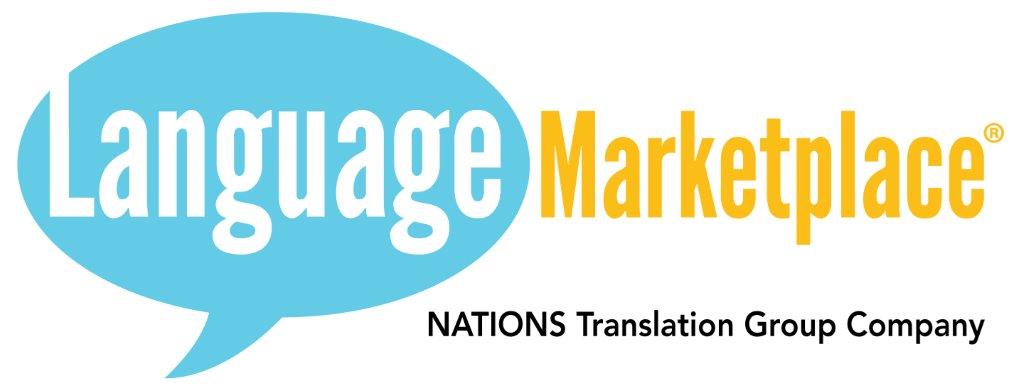Machine translation AI, either by dedicated software programs or as what the majority of people know it as, Google translate, has created another job in the world of translation. But what exactly is it and how does it work?
This new job is called Post-editing and within the machine translation context, it involves a human going into translations created by platforms like Google Translate or any other machine translation platform and fixing up the translation to be accurate. When machine translation became a thing, those who needed translation felt that it would be more cost efficient to have machine translation done first and have human translators edit the output.
Of course, if you can produce more translations in a shorter period of time and you probably could make more money as a translator, right?
The answer here is “not always”. Having the pre-translation done and just having to post-edit does mean you save on time, but the quality is not as good as having a human translator do the work from scratch. Editing the pre-translation for nuances, accuracy and little things that go with the language of choice is much harder than just writing from scratch. So as translators, who usually get paid by the word, well it’s not such a good deal after all. They are spending more time for less money. And as a client, if your translator agrees on an hourly post-editing rate, well, it will take him or her longer to fix up the text. The costs savings may be non-existent for an inferior product.
It’s important to note that translators use post-editing in different ways. Some may use machine translation to do the bulk of their work if they work for companies that provide machine translation as their clients’ needs may just be to have a ‘good enough’ translation produced. Grammar and total accuracy may not be very important. Others do post-editing from translation memories which is different from machine translation. Translation memories or TM’S as they are referred to, are translation compilations created from documents previously translated by a human translator on that subject, file and client, and are now leveraging that work previously done, for a document/file that needs updating. Translation Memories should not be confused with machine translation. Of course, the price of machine translation is less than human translation – actually Google is free, so adding the combination of the two can still be more affordable. But the question is always, how important is your file? And if it was good enough to write in English or whatever your source language may be, is it not important enough to have it translated in the best quality possible? Is accuracy imperative?
There is that old saying, ‘You always get what you pay for’.
Language Marketplace does not use machine translation.

